- Islamabad
- 24.4°C
- Today ( Monday, 21 April 2025)
Factors Shaping Economic Landscapes: Understanding Key Influencers
In the intricate tapestry of global economies, various elements play pivotal roles in determining the direction and pace of economic growth. A nuanced understanding of these factors is crucial for policymakers, businesses, and citizens alike. Here, we delve into some key elements that exert significant influence on economic dynamics. 1. Interest Rates: Central to monetary policy, interest rates set by central banks impact borrowing costs. As interest rates fluctuate, so do spending and investment patterns, rippling through the economic fabric. 2. Inflation: The ebb and flow of prices for goods and services, known as inflation, directly affects purchasing power. High inflation erodes the value of currency, influencing consumer behavior and investment decisions. 3. Government Fiscal Policy: Government spending and taxation policies wield considerable power in shaping economic activity. Increased government spending can stimulate growth, while higher taxes might curb it. 4. Monetary Policy: Central banks, as guardians of the money supply, implement policies to achieve economic goals. These policies influence interest rates and financial market stability. 5. Global Economic Conditions: In an interconnected world, economic activities in one country reverberate globally. Trade, investment, and financial market dynamics are all influenced by global economic conditions. 6. Political Stability: A stable political environment is a bedrock for economic growth. Political upheavals can disrupt economic activities and deter foreign investment. 7. Technological Changes: Advancements in technology reshape industries, enhance productivity, and fuel economic growth. Nations at the forefront of technological innovation often enjoy a competitive edge. 8. Natural Resources: Abundance of natural resources can propel economic growth, but overreliance on a few resources poses risks. Diversification is crucial for long-term stability. 9. Labor Market: The availability and skills of the workforce impact productivity. A skilled and adaptable labor force is an asset in a rapidly evolving global economy. 10. Infrastructure Development: Adequate infrastructure, encompassing transportation and communication networks, is the backbone of economic development. Efficient infrastructure facilitates trade and business activities. 11. Trade Policies: International trade agreements and tariffs influence a country's exports and imports. Open and fair trade policies can stimulate economic growth, while protectionism may have the opposite effect. 12. Consumer Confidence: The confidence consumers have in the economy plays a crucial role. Positive sentiment encourages spending and investment, fostering economic vitality. In the complex interplay of these factors, changes in one area can have cascading effects on the entire economic ecosystem. Policymakers must carefully navigate these influences to promote sustainable growth, while businesses and individuals need to stay attuned to the evolving economic landscape for informed decision-making. A holistic understanding of these key elements is essential for navigating the ever-shifting currents of the global economy.
-
The Ministry of Foreign Affairs of Pakistan announced its support for South Africa's application filed at the International Court of Justice (ICJ) concerning Israel's violations of its obligations under the 1951 Genocide Convention in relation to the Palestinian people in Gaza...
-
In Pakistan, the legislative process has come to a halt due to delays in holding elections, plunging the country into a state of uncertainty and crisis. The absence of a functioning assembly has paralyzed the legislative machinery, with widespread concerns about the impact on ...
Get Newsletter
Subscribe to our newsletter to get latest news, popular news and exclusive updates.


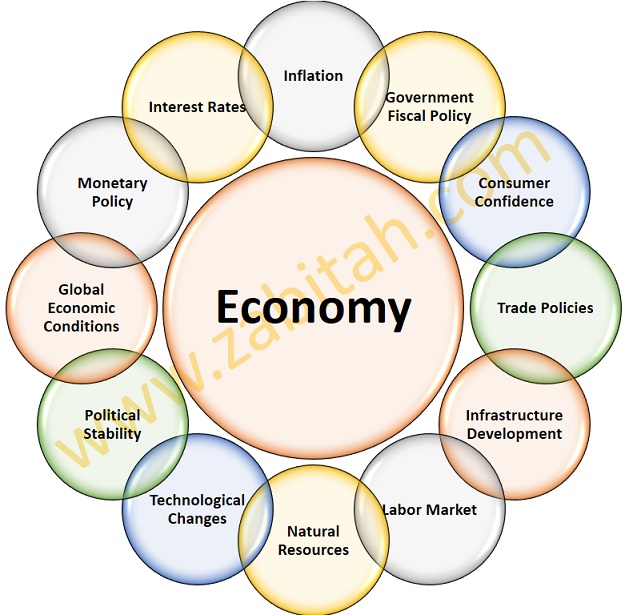


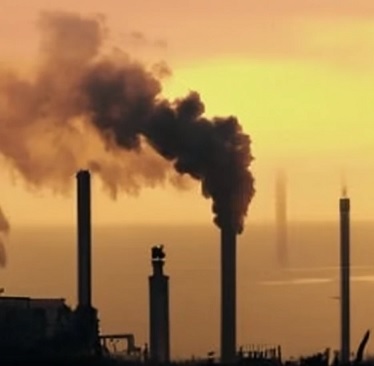

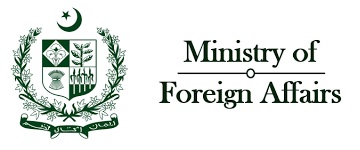
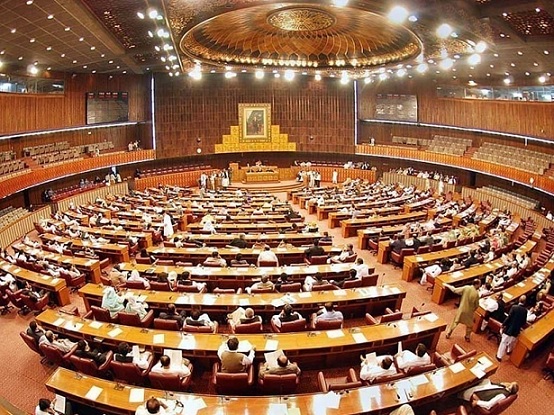



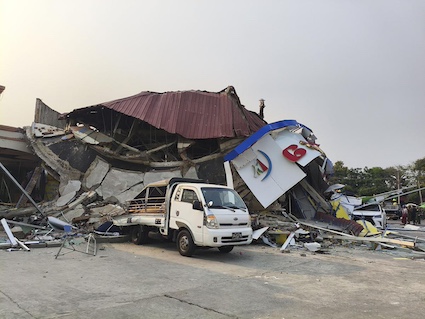













Facebook Comments